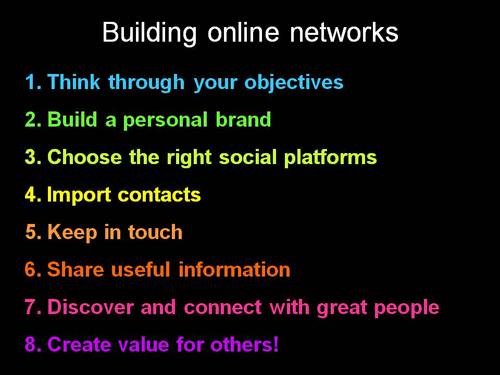Keynote at Gartner: Driving Business Results Through Personal Networks
A little while ago I gave a keynote at the Gartner Symposium. Gartner looks to its analysts to share their deep research at their events. It also invites a handful of external speakers to bring a lighter and more entertaining – though still pragmatic – approach and style.
I suggested the topic of Driving Business Results Through Personal Network, which can readily be made fun and interesting, but is also extremely practical for senior technology executives. It was a broad-ranging keynote, ranging across topics including why we need to understand the Bacon number, why boundary spanners are so critical for organizations, the long tail of sexual activity, how to enhance serendipity, and steps to being an energizing leader.
Inset into the presentation were two sets of recommendations, on building personal online networks and on enhancing organizational networks. At the risk of taking them out of the supporting context, here they are:


